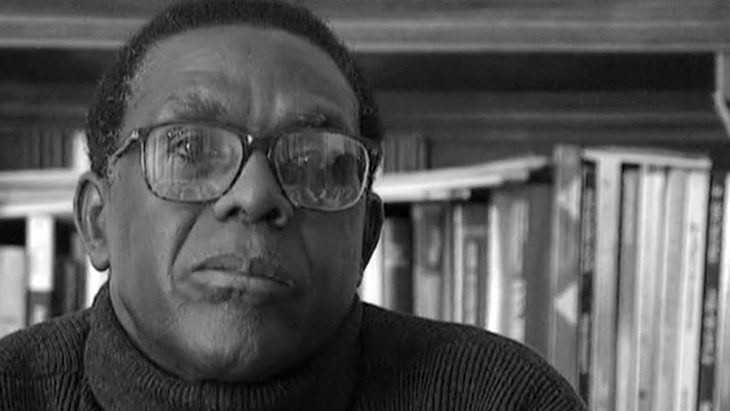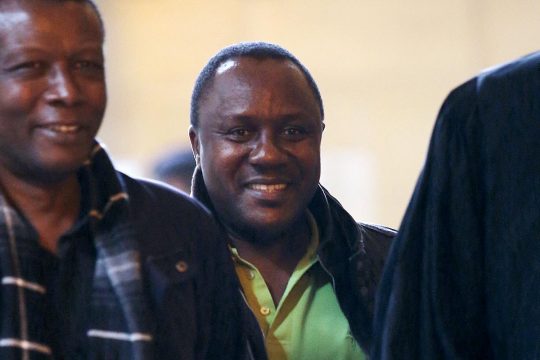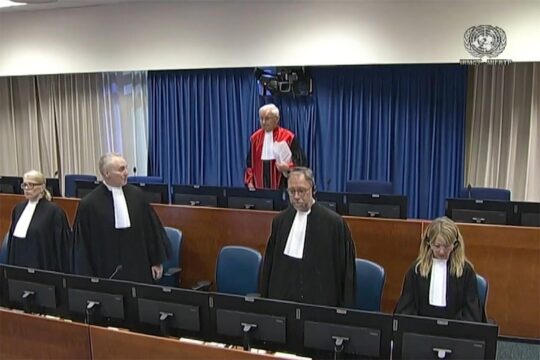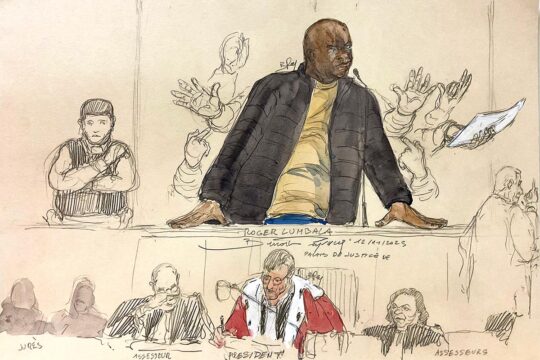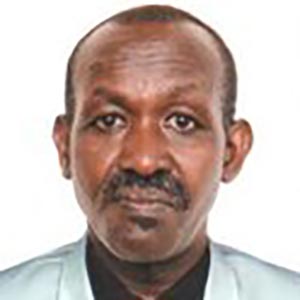This case opening on Monday is a fourth universal jurisdiction trial for crimes committed during the 1994 genocide in Rwanda. After a record 22 years of proceedings since the first complaint filed by the International Federation for Human Rights in January 2000 in the town of Troye (eastern France) near where he lives, Bucyibaruta – who is "very ill", according to a source close to the defence -- will have to answer to the many charges brought against him. Over the course of two months, the court will hear from some 115 people, including experts, witnesses to the events and witnesses for the civil parties.
Bucyibaruta, who is not in detention, has always denied his involvement in the genocide, although he remained a prefect until the fall of the interim government in early July 1994.
According to the indictment of the Paris Court of Appeal dated January 21, 2021, he is accused of having, between April and July 1994, in his prefecture of Gikongoro "committed serious attacks on the life and physical and mental integrity of people grouped at the sites of the ETO [technical school] of Murambi, Tutsi prisoners in the Gikongoro prison, and people arrested at the roadblocks and during local ‘roundups’, in execution of a concerted plan aimed at the total or partial destruction of the Tutsi ethnic group”. In addition, he was allegedly complicit in massacres perpetrated in the parishes of Kibeho, Cyanika, Kaduha and of students of the Marie-Merci school in Kibeho, "by knowingly helping the perpetrators of the said acts in order to facilitate their preparation or execution”.
In total, more than 110,000 Tutsis were killed at these six crime scenes, according to censuses carried out in Rwanda at the genocide sites in the Gikongoro prefecture.
ICTR investigation
The delays in the proceedings are all the more difficult to explain since a complete investigation file was transmitted to France by the International Criminal Tribunal for Rwanda (ICTR). The Arusha tribunal, which indicted Bucyibaruta on June 16, 2005, prosecuted him on six counts: genocide, complicity in genocide, direct and public incitement to commit genocide, and crimes against humanity consisting of acts of extermination, murder, and rape. He was individually responsible and as a hierarchical superior, according to this indictment. Nevertheless, at the end of the French investigation, several facts were dismissed: the murders of a gendarme and a woman, as well as his complicity in the rapes committed in the Gikongoro prefecture.
The ICTR withdrew from the case on November 20, 2007, as well as from another historic case, the case of Father Wenceslas Munyeshyaka, which is symptomatic of the length of time Rwandan cases have taken to be tried in France.
Murambi, night of April 20-21, 1994
Right up to April 1994, the ETO in Murambi was a construction site, begun in 1990, intended to become a school complex. During the first month of the genocide, it is estimated that 50,000 people were massacred there. They were Tutsis living on the hill and surrounding area whom the local authorities and armed forces had been told to gather there under the pretext of guaranteeing their safety.
"Murambi was a testing ground for the appalling tricks designed to lure the Tutsis, make them suffer and massacre them," according to Stanley Mugabarigira, who is in charge of the Murambi Memorial. The Tutsis, whose homes were burned, who were hunted and killed, came to seek refuge at the ETO. The killers, who converged on Murambi in organized transport, laid siege to them during the night of April 20-21. The final assault began in the middle of the night.
The school complex, which consisted of twelve rooms and their annexes, became a memorial and is now a place where human remains and objects used by the killers are displayed.
Cyanika, afternoon of April 21
Those survivors from Murambi who were able to get to Cyanika were no more fortunate. They were killed there on the afternoon of April 21. "It was here that we were massacred, women were raped before being killed with wooden spikes driven into their bodies," murmured one woman.
Before April 1994, Hutus and Tutsis often met and gathered in Cyanika church to pray and hug each other for peace. Cyanika is also the name of the health centre that adjoins the church built in 1935, which used to welcome everyone without discrimination. Today, its Tutsi ex-abbot Joseph Niyomugabo rests among some 47,035 bodies in a memorial built in place of the presbytery.
Kaduha, April 21
The parish of Kaduha is located in the heart of Bunyambiriri, a mountainous region in the foothills of the Nyungwe rainforest.
According to Bernard Mutagoma, local president of the Ibuka victims' association, in Kaduha before the genocide there were numerous inter-ethnic marriages, people gave each other cows, lent each other money and helped their neighbours in the fields. However, another survivor recalls, "with the beginning of the war of liberation by the Rwandan Patriotic Front in October 1990, a climate of suspicion began to poison our relations in the village, in the schools, to the point of no longer drinking together”.
A former militiaman from Kaduha who participated in the genocide and calls himself Hamadi to protect his safety, remembers "bars for Tutsis that closed very early, and others where Hutus met to plot their extermination”. For example, there is one called La Vedette, where, according to him, "local authorities and other influential people met shortly before April 21 with Prefect Bucyibaruta, Bishop Augustin Misago [Bishop of Gikongoro, tried and exonerated in June 2000] and Abbé Robert Athanase Nyandwi”.
Rémy Kamugire, a survivor of Cyanika and vice-president of Ibuka for the Nyamagabe district, says Bucyibaruta could not have been in Murambi, Cyanika and Kaduha at the same time to supervise the April 21 massacres. But according to both him and gacaca testimonies notably from former militiamen, “he coordinated by telephone from his office the action of his lieutenants, Karama mayor Désiré Ngezaho and deputy prefects Joseph Ntegeyintwari in Cyanika and Joachim Hategekimana in Kaduha”.
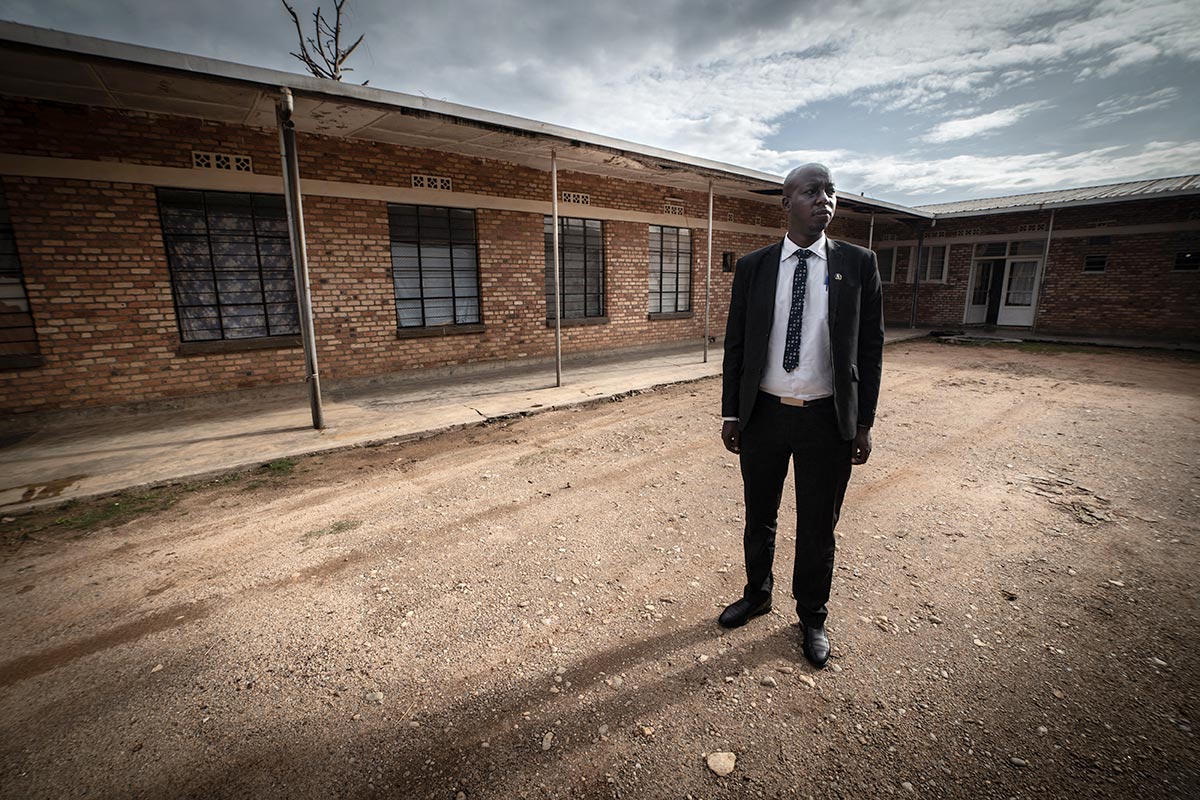
Marie-Merci school Kibeho, May 7
According to a 2020 report by the Commission for the fight against Genocide (CNLG), gendarmes and the school authority prevented the Tutsi students who were massacred at Marie-Merci school in Kibeho from fleeing. On May 4, 1994, a meeting was organized by the school principal, Father Emmanuel Uwayezu, in the presence of several dignitaries including Bucyibaruta, the report said. On May 7, shortly before noon, the 100 Tutsi students under siege were attacked. Only eight of them survived.
"If Bucyibaruta and Bishop Misago had wanted to save us, they could have done because they had the upper hand over the gendarmes who were guarding us," said Théophile Zigirumugabe, one of the few survivors from Marie-Merci School.
"Bucyibaruta has not only left very bad memories, but above all he has tarnished the image of the administrative authority here in Nyamagabe," laments Hildebrand Niyomwungeri, the current mayor of Nyamagabe, a new district that includes the former prefecture of Gikongoro. The mayor points to the Murambi memorial about a kilometre away down below. From here, "Bucyibaruta could easily observe everything in April 1994, from the mass influx of refugees to their massacre,"
The choice of passivity or crime
In her report “Leave None to Tell the Story”, American human rights activist Alison Des Forges devotes a passage to the genocide in Gikongoro. “Some of the earliest attacks as well as some of the worst massacres of the genocide took place in Gikongoro,” she wrote. “MRND [ruling party] supporters launched the violence at three points and from there spread it into adjacent areas, much as they expanded disorder outward from Kigali and its vicinity into the prefecture of Gitarama.”
“The prefect, Laurent Bucyibaruta, was originally from Gikongoro and had devoted himself to the service of party and state through the decades when the two were identical,” says the 1999 report by Human Rights Watch and the International Federation for Human Rights. “The prefect, a MRND loyalist, was one of the first officials to come out in support of the interim government on national radio but he seems to have been less important in the early onset of violence and in its later expansion than some of his subordinates, such as Damien Biniga, and some party leaders who were not part of the administration.”
In some communes, like Musebeya, Kivu and Kinyamakara, administrators opposed the genocide and initially drew strength from the people in their communes who refused to kill,” Des Forges adds. “But as prefectural authorities failed to act against the violence and national authorities pressured for more and faster slaughter, they lost power to local rivals who saw the killing campaign as an opportunity to establish or re-establish their power. The dissenters judged continuing opposition futile and dangerous and either withdrew into passivity or themselves took up the role of killers.”
From May 9 to July 12, the Paris Court of Assizes will have to decide whether Bucyibaruta is innocent or guilty.


